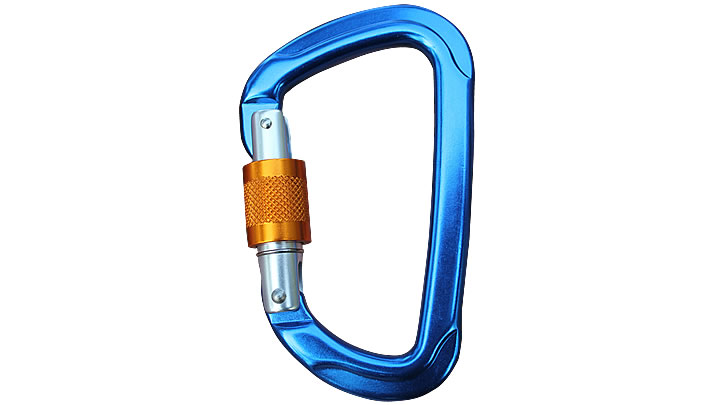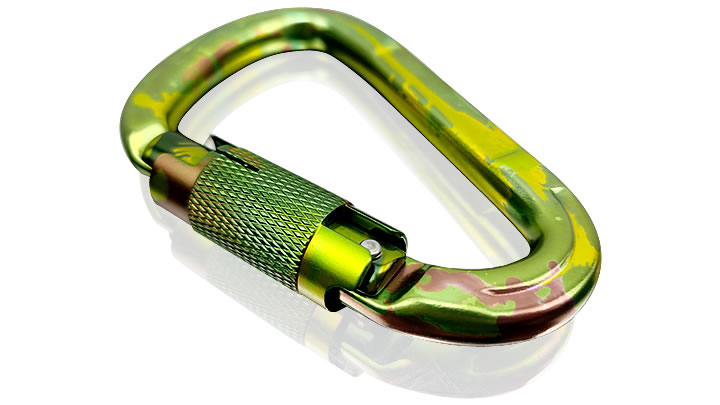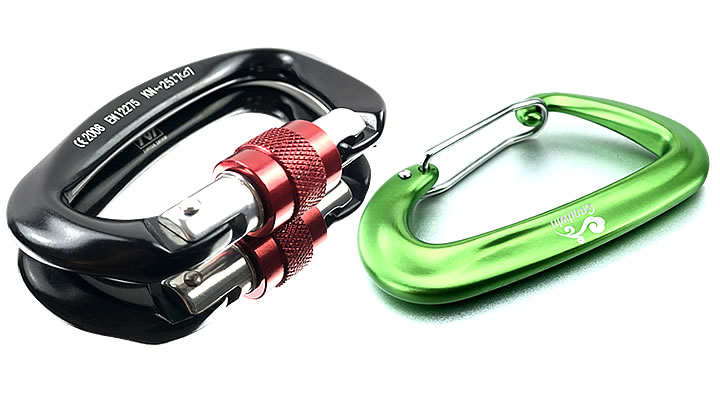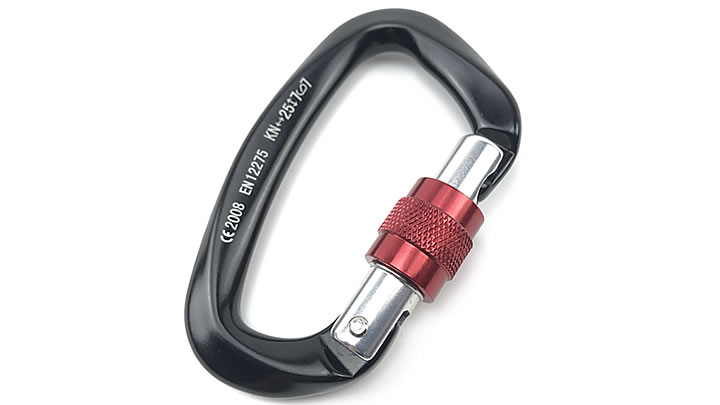Are swivel carabiners worth the extra cost?
Climbers and riggers face a constant dilemma: invest in premium swivel carabiners (2-3x the price of standard lockers) or stick to basics? The answer isn’t universal—it hinges on your application, safety priorities, and long-term gear economics. Let’s dissect where the premium pays dividends and where it’s overkill.
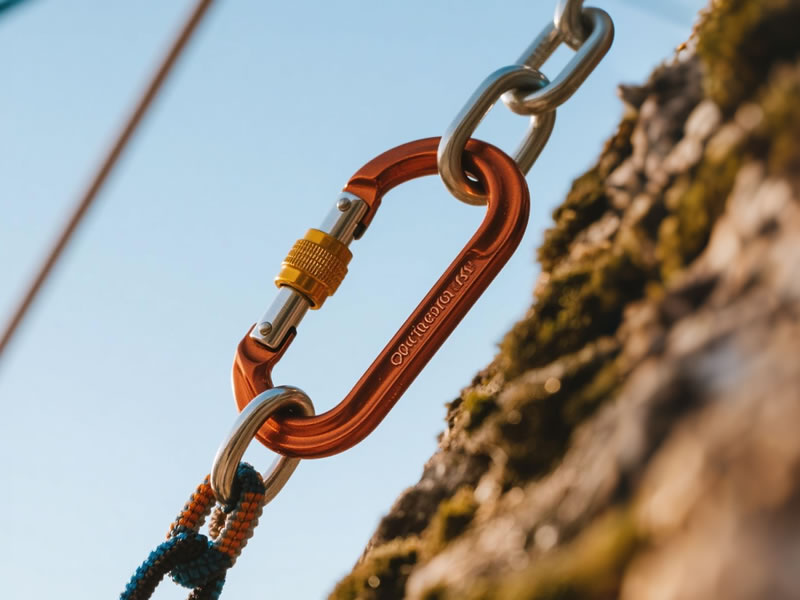
The Engineering Premium: What You’re Paying For
Swivel carabiners integrate a rotating sleeve (ball-bearing or bushing) within the carabiner body. This adds:
- Complex Manufacturing: Precision machining of internal races + bearings
- Materials: High-grade stainless-steel bearings or corrosion-resistant bushings
- Certification Overhead: UIAA/CE testing for strength with rotating mechanism under load
When Swivels Deliver Game-Changing Value
1. High-Friction Systems (ROI: Safety + Efficiency)
- Crevasse Rescue/Gravity Hauls: Prevents rope twists in Z-pulley systems, reducing friction by up to 40% (Petzl field tests). Critical when every newton counts.
- Arborist Work: Eliminates hose/tool tangles during aerial maneuvers.
- Industrial Rope Access: Stops rope-on-rope abrasion in redirects, extending $300+ rope lifespan.
2. Dynamic Clipping Scenarios (ROI: Performance)
- Wandering Sport Routes: Quickdraws with swivels prevent dog-leashing, reducing whip force on your body.
- Aid Climbing/"Dirtbagging": Swivels on daisy chains minimize gear entanglement during repeated adjustments.
- Via Ferrata Lanyards: Allows natural movement while clipped to cables.
3. Wear Reduction (ROI: Long-Term Savings)
- Reduces internal rope strand wear by maintaining clean alignment in pulleys/anchors.
- Prevents sheath abrasion from twisted load strands.
Replacing one $250 rope early negates savings from cheaper carabiners.
When Standard Lockers Suffice (Save Your Cash)
- Belay/Rappel Stations: Static anchor points need no rotation.
- Dogbone Quickdraws: Non-swiveling biners work fine for straight-up sport climbs.
- Ultralight Alpine: Save 30-50g per carabiner; crucial for massive routes.
Cost Analysis: Breaking Down the Investment
| Type | Avg. Price | Lifespan* | Cost/Year (Intensive Use) |
|---|---|---|---|
| Standard Screwgate | $12-$15 | 8-10 yrs | $1.50 |
| Ball-Bearing Swivel | $25-$40 | 5-7 yrs | $5.70 |
| *Assumes 150 days/year use; excludes impact retirement* |
The Hidden Savings: In rescue/rigging, swivels prevent system failures requiring $1k+ rope replacement or causing downtime.
Critical Failure Risks of Cheap Alternatives
Attempting DIY swivels (e.g., adding quicklinks) creates:
- Uncertified Weak Points: Unknown load limits
- Cross-Loading Hazards: Improvised pivots misalign under stress
- Gate Interference: Increased accidental opening risk
Smart Buying Strategies
- Hybrid Rack: Use swivels only for:Master point on harnessRescue pulley systemsRedirect anchors
- Prioritize Certified Brands: Petzl, DMM, BD offer rebuildable models (e.g., Petzl AM’D = replaceable bearings).
- Wait for Sales: Sites like Backcountry.com discount prior-gen models 30-40%.
Verdict: Where the Premium Pays Off
- Worth Every Penny For: Glacier travel, technical rescue, big-wall aid, industrial rope work, or heavy-use climbing guides.
- Optional For: Single-pitch sport climbers, occasional trad users.
- Not Worth It For: Gym-only climbers, backup anchor biners.
Pro Tip: A single swivel carabiner at the load strand apex of a pulley system often provides 80% of the benefit at 20% the cost of a full swivel set.
The Safety Bottom Line
If your system involves moving ropes under load, the anti-twist function isn’t a luxury—it’s risk mitigation. The $25 premium for a certified swivel carabiner is trivial compared to:
- Medical costs from a crevasse fall complicated by tangled ropes
- A $5,000 industrial site shutdown due to jammed rigging
- Premature retirement of a $300 dry-treated rope
Invest strategically. Use swivels where physics demands rotation, not ego. Your gear’s longevity—and possibly your life—will thank you.

